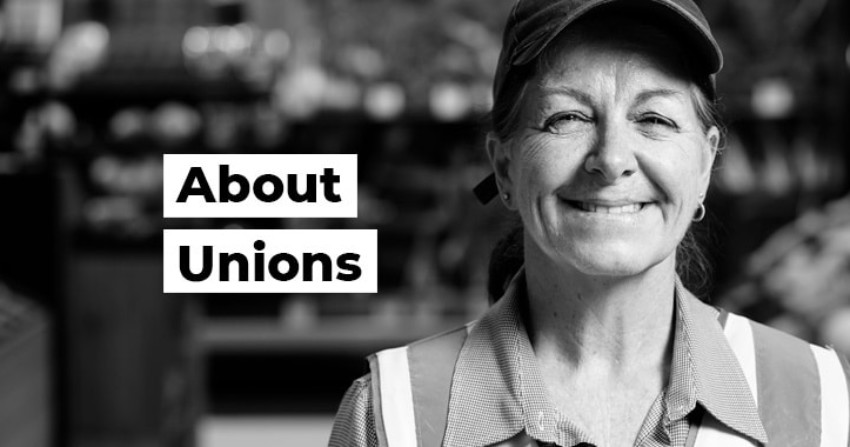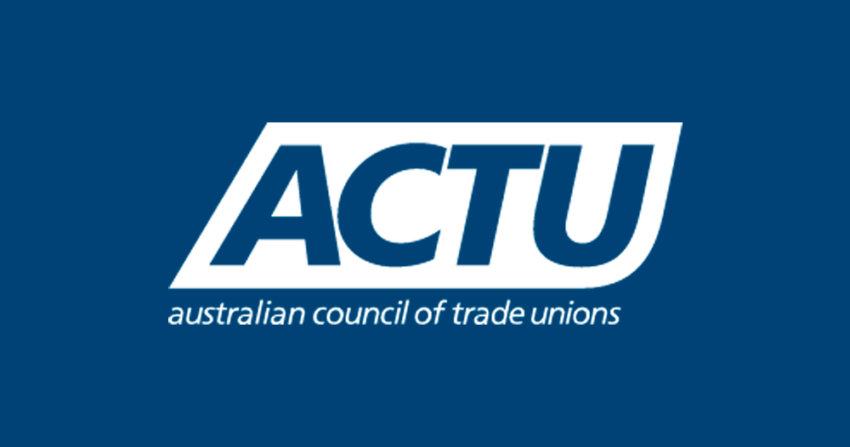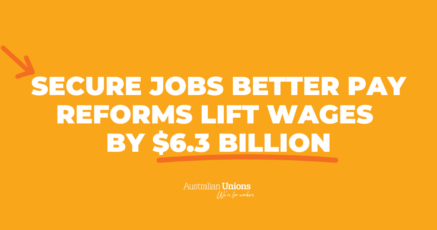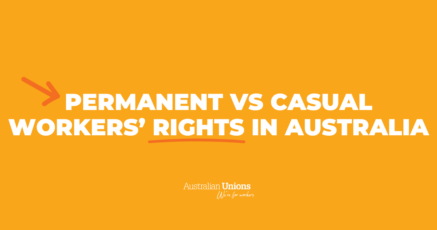This week on the Bulletin, we spoke to primary school teacher and Australian Education Union member, Lauren Duncan.
Lauren effused warmth and decency. Exactly the sort of person who you would want tasked with teaching your children in their formative years.
Exactly the sort of person that it would be a national shame to see driven away from such a crucial profession.
Lauren explained what it was like to be a teacher in the state school system amidst increasingly common stories of burnout, understaffing, under-resourcing and, of course, underpayment.
“I have colleagues that have stepped away, taken leave without pay, or moved to the private sector where the pay represents a bit more our worth,” she said.
It’s not just that public school teachers are paid substantially less than they deserve (and can reasonably live off), but in Lauren’s home state of Tasmania, they are also paid almost $3,500 less per year than their mainland counterparts.
Most teachers do unpaid work – extra mental and emotional labour – outside of their hours and obligations because they love and care about their students. If they don’t do it, who will?
“We’re doing roles of psychologists and the social worker and the counsellor,” Lauren said.
“We’re making sure they feel safe and secure and loved, that they’re not in immediate danger to return home… Only then can we start teaching them.”
It’s devastating that remarkable teachers like Lauren are saying “I don’t think I’ve got much left in me anymore,” because the government claims that there isn’t enough in the public pot to give teachers the resources they deserve. And yet we’re seeing the possible passing of legislation that would give tax breaks to the wealthy few.
Stage 3 tax cuts
These cuts would seek to abolish the current top tax bracket of 37 per cent, meaning those who are paid anywhere from $45k to $200k are taxed the same proportion of their income at 32 per cent. It would cost Australia $243 billion dollars.
What we hear is “less taxes for us” and that makes sense in the current economic climate, but what it really equates to is low- to middle-income earners saving a few hundred dollars a year, meanwhile top earners will get a break of around $10,000 annually.
Greg Jericho from the Centre for Future Work crunched the ATO’s numbers on who would benefit most from this legislation.
“Someone on the median taxable income of around $58,000 – such as copywriters, bus drivers and pest controllers – will get a tax cut of $330 – or a little over 0.5% of their income,” Jericho explained in a recent article.
“Stock brokers, who have a median income of $165,030, will get a $5,027 tax cut (3.04% of their income), while Members of Parliament who have a median income of $221,733 are among the 33 occupations which get the maximum tax cut of $9,075,” Jericho continued.
What disheartening figures.
Scandinavian countries are often used as exemplars for their socialised health and education, a strong welfare system, their enviable public schools. Well, earners in the top bracket pay as much as 55.9 per cent in personal income tax in Denmark, and 57.2 per cent in Sweden! And so they should, because they can afford to!
Public health and education are what most Australians can afford, and they should have the same quality care and education as Australia’s wealthy. Same goes for things like mental health services:
In light of it being Mental Health Week, mental health services deserve the funding they require to adequately support the Australians that access them – of which there has been a huge increase in recent years.
According to Suicide Prevention Australia, almost half of Australians have reported significant increases in their stress levels from this time last year, attributed to personal debt and the cost of living.
We shouldn’t be promising tax breaks for the wealthy when it could be put into public mental health services, and public services in general!






SHARE:
Teachers or millionaires: who deserves a bigger break?